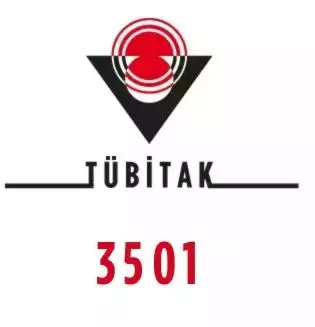This project aims to burn jet fuels used in aviation together with Ammonia (NH3) in a model gas turbine burner. For this purpose, the aim of using sustainable aviation fuels instead of fossil fuels and low-emission combustion is set. Within the scope of this project, a young and progressive team consisting of academics under the age of 40 will work. Researchers working in different engineering branches such as Aircraft, Mechanical, Energy and Computer will gain experience in alternative fuels and learn the management of TUBITAK projects. In addition to classical combustion studies, this project also addresses new burner design, numerical modeling and image processing. For this reason, it will also enable career development of researchers in multidisciplinary fields. This project is important in terms of improving our country's research capabilities in renewable and clean energy studies. Nowadays, renewable energy studies are given importance in almost all countries and universities in the world. Thanks to this study, the combustion characteristics, emission behavior and thermo-acoustic instability of Jet Fuel/Ammonia mixtures in a gas turbine combustor will be determined for the first time in the literature. The most important problems of zero carbon emission alternative fuels studied in the literature are storage difficulty and combustion instability. However, ammonia can be liquefied more easily and can be stored and transported. Additionally, it does not create a carbon footprint because it does not contain carbon atoms. On the other hand, Ammonia is a gas that does not have a high calorific value and whose lean combustion instabilities must be resolved. In addition, the nitrogen atoms in it have a high potential to combine with oxygen in the air to form NOX. In this project, Ammonia gas will be added to jet fuels as an alternative and high stability and low emission experiments will be carried out for different combustion methods. Optimum conditions resulting in high combustion stability and low emissions will be determined, and if necessary, a new burner will be designed using numerical methods. In this context, different amounts of Ammonia gas will be added to Jet Fuel according to its thermal power coverage ratio and its combustion performance will be observed. Thermal efficiency calculation will be made by obtaining temperature data from different axial regions of the combustion chamber. For all test conditions, external acoustic stress tests will be applied through speakers and dynamic pressure oscillation values of the flame will be measured. Finally, the air gas emission values of different fuel mixtures will be obtained. Another issue that adds originality to the study involves the processing of images obtained by camera systems with computer codes. In this way, flame stability data can be obtained with lower budgets instead of high-cost camera technologies such as PIV (Particle Image Velocity) and OH-PLIF. The study results will be presented in high-impact journals and symposiums agreed with these journals. Additionally, as a result of the project, it is aimed to initiate university-industry cooperation projects and patent processes.
